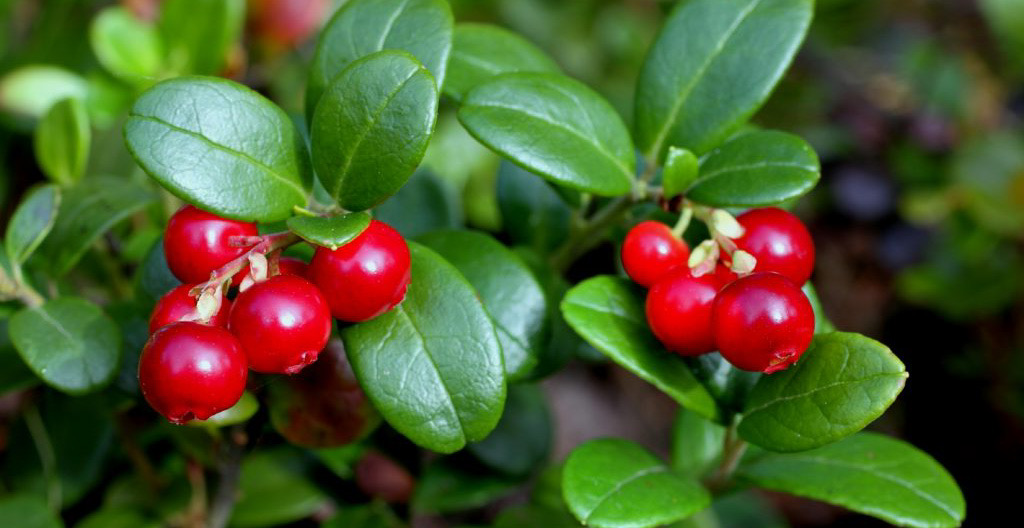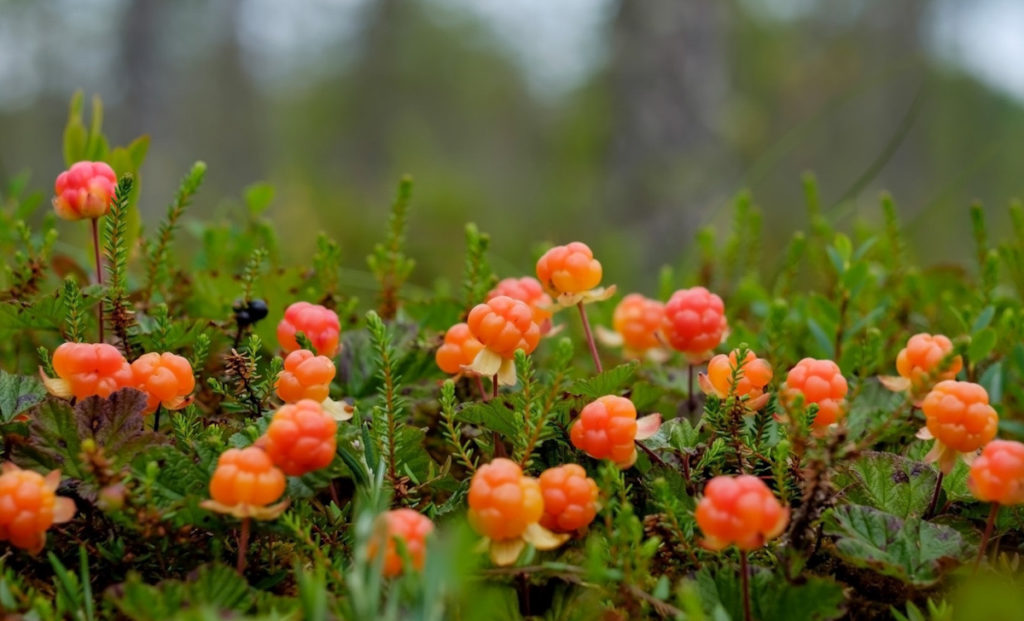In relation to the 2019 vintage, I have several times mentioned Nordic berries – lingonberries and cloudberries. These berries are not known in all areas and cultures, and I would therefore like to explain a bit of Winehog history that perhaps could be informative.
I have a background in marketing and macroeconomics – quite far removed from winegrowing and viticulture.
My father Alf Öhman, who sadly passed away in 1998, was, however, a horticultural technician – or if you like a gardener: a specialist working with pruning, inoculation, and grafting. In my youth, I worked in my family’s fields, getting acquainted with these techniques.

My father did not grow vines; he specialized in lilacs and roses. Still, the technical side of viticulture is very similar to the different techniques of grafting/pruning that were his trade.
So in a sense, my writing about viticulture is a return to my father’s working world. He was a proud man, modest, yet a perfectionist (I wish I had inherited more of his personality). It would have been great to have had the chance to introduce him more deeply to the world of wine and viticulture.
The Nordic link
Tasting the 2019 vintage has brought out my Finnish background – that of my father.
My father came from the southern, Swedish-speaking part of Finland. He met my mother, who is Danish, in Drammen, Norway, and they formed a true Nordic union.
I have therefore traveled a lot in Finland, and I have a sensory background with the berries one is lucky to find there, in addition to European blueberries (Vaccinium myrtillus, commonly called bilberry, wimberry or whortleberry).

Nothing is simple in the world of nature. And the different Finnish berries should, therefore, be explained. They are truly delightful, and can also be used as descriptors of both red and white Burgundies.
Lingonberries
Vaccinium vitis-idaea – aka lingonberry, partridgeberry, mountain cranberry or cowberry.
This is a small red berry with a sour/tart yet also slightly sweet flavour. The tension between sour and sweet gives this berry an energetic taste.

It is quite common in the Nordic countries, and is often confused with its relative the cranberry.
Lingonberries are sour like cranberries, though perhaps not quite as puckery as there is a hint of sweetness (cranberries tend to be all sour flavor). However, lingonberries are also bitter, so the sweet taste is not front and center on the palate.
Cloudberries
Rubus chamaemorus – aka cloudberry, Nordic berry, bakeapple (in Newfoundland and Labrador), knotberry and knoutberry (in England), aqpik, and low-bush salmonberry.
When eaten fresh, cloudberries have a distinctively tart taste. With a sunny amber hue and a singularly tart kick, cloudberries are unlike any other berry. When they become over-ripe the sweetness increases, but they keep their sweet/sour tension.
Cloudberries are a beautiful yellow, raspberry-like fruit with a unique taste that combines the best of sweet and tart.

Cloudberries were very rare on Grötö, the small Finnish island where I spent my holidays. Each opportunity to taste them was a special occasion.

 - A true vin d’émotion – a Burgundy of passion
- A true vin d’émotion – a Burgundy of passion - A truly hedonistic wine – lively and enjoyable
- A truly hedonistic wine – lively and enjoyable - A vivacious wine for pure indulgance
- A vivacious wine for pure indulgance - A Vin Vif - fresh, energetic and with a light appearance
- A Vin Vif - fresh, energetic and with a light appearance
Leave a Reply
You must be logged in to post a comment.